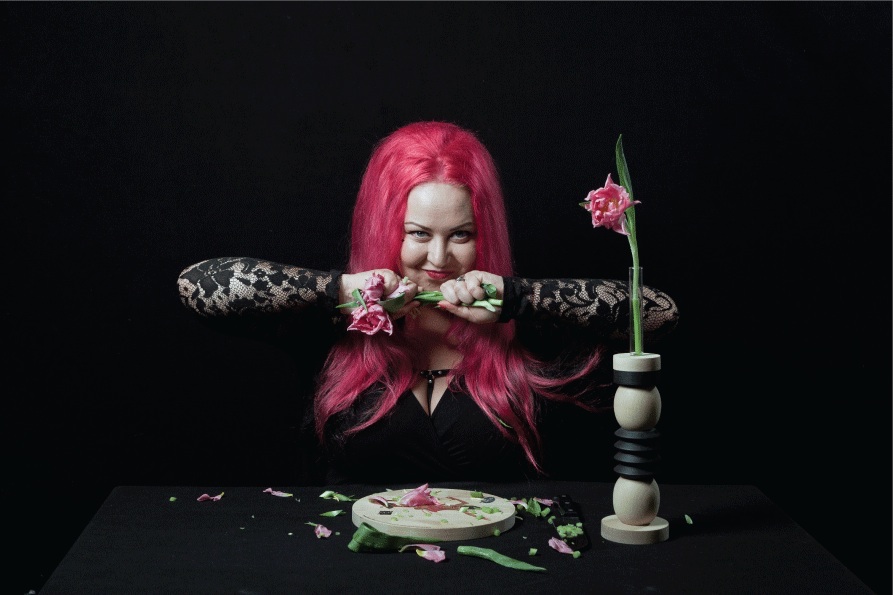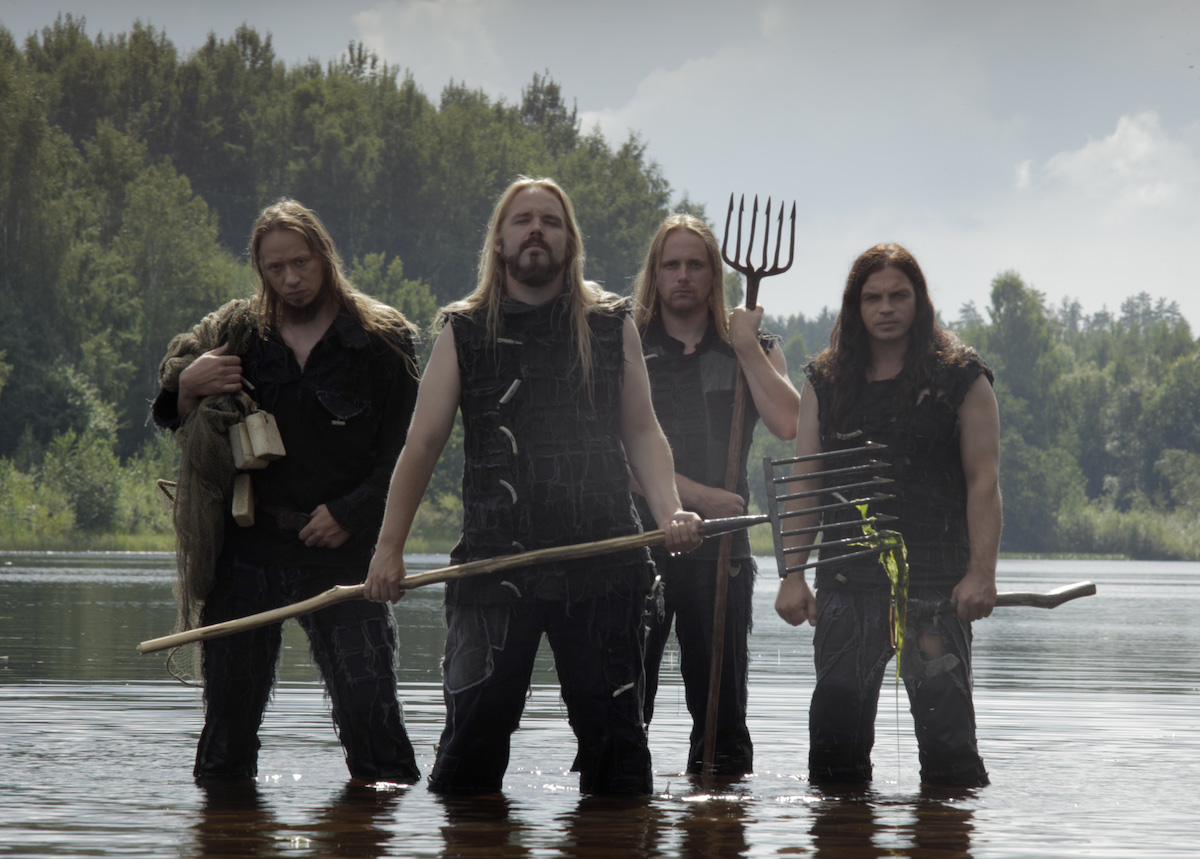KP This documentary follows two Nordic folk metal bands, the Estonian Metsatöll and the Finnish Finntroll. Tell us about some of your more interesting experiences making a film with them?
LP Both of these bands mix traditional music (folk) elements, traditional instruments and archaic language with metal/hard rock music. Despite being encouraged to sing in English they have managed to succeed internationally singing in their native languages.
I had the pleasure to accompany the bands on stage and backstage while on tour so you can see footage from a Jaanipäev celebration in South Estonia to an all-metal-music Caribbean cruise. It was fun getting to know the band and learning that behind their rough and hairy exteriors there are really sweet, sincere and even shy souls.
KP Would you call your film a road movie?
LP Not really, but it can take you on a journey to understanding a bit more about the nature of Nordic folk metal. You can probably call it a rockumentary.
Most importantly, you don't need to be a metalhead to understand the film. You don't have to know the bands either. From all my films, this has actually gotten the most positive feedback from grandmas, grandpas and kids.
KP As you have taught music video in Tallinn University's Baltic Film, Media, Arts and Communication School, how did you come up with the concept for this particular film?
LP I got to know Metsatöll almost 15 years ago when they were starting out. First time I saw them perform was in my friend's back yard next to a porter potty. I directed their first music video. While they started to get more gigs, I realized that this band is going to make it big because they had this weird power (vägi in Estonian) to unite people from all walks of life. I guess their music is somehow primitive, but it can suddenly hit you somewhere inside your inner cosmos.
KP What do they sing about?
LP You can see Metsatöll's lyrics written in archaic Estonian with English translations on their website www.metsatoll.ee. In the film Lauri from Metsatöll and Jan from Finntroll talk about creating the songs and writing the lyrics.
KP What makes their music original?
LP It is somehow very rough, but yet cozy and ‘oma' (a word in Estonian that means ‘your own'). It combines elements that seemingly don't fit together, but coexist naturally.
KP Tell us about their followers.
LP It's fascinating how their followers range from grandmas (who knit socks with Metsatöll's logo as gifts to the band) to office workers to children to hairy headbangers.
KP What can you say about this aesthetic of metal rock mixed with traditional music and pagan elements?
LP These bands do not take a political stand. As Nordic people, we have pagan traditions that are still alive but not in a religious sense. Lauri from Metsatöll tells in the film that Estonians have always known, not believed. Being part of nature, coexisting with it respectfully and getting inspiration from it is a key element in the bands' music. “When you realize that stone is not just a stone – that is when you have hit the core of it”, says Jan from Finntroll in the film.
KP How did you manage to bring these bands together in a film?
LP I researched other bands but chose Metsatöll and Finntroll as its ‘bigger brother' for parallels. I focused on the poster boys – lead singers Markus and Mathias and songwriters Lauri and Jan.
KP Do they ever perform together or share followers?
LP Yes, they do.
KP Is there anything you'd like to say to Estonians about “Heart of a Wolf”? Or filmmaking?
LP Go see Estonian films! “Kinos näeme, raisk!” (this is a take on a famous phrase from Metsatöll's song “Lahinguväljal näeme, raisk!”)





